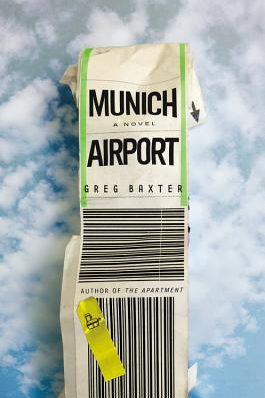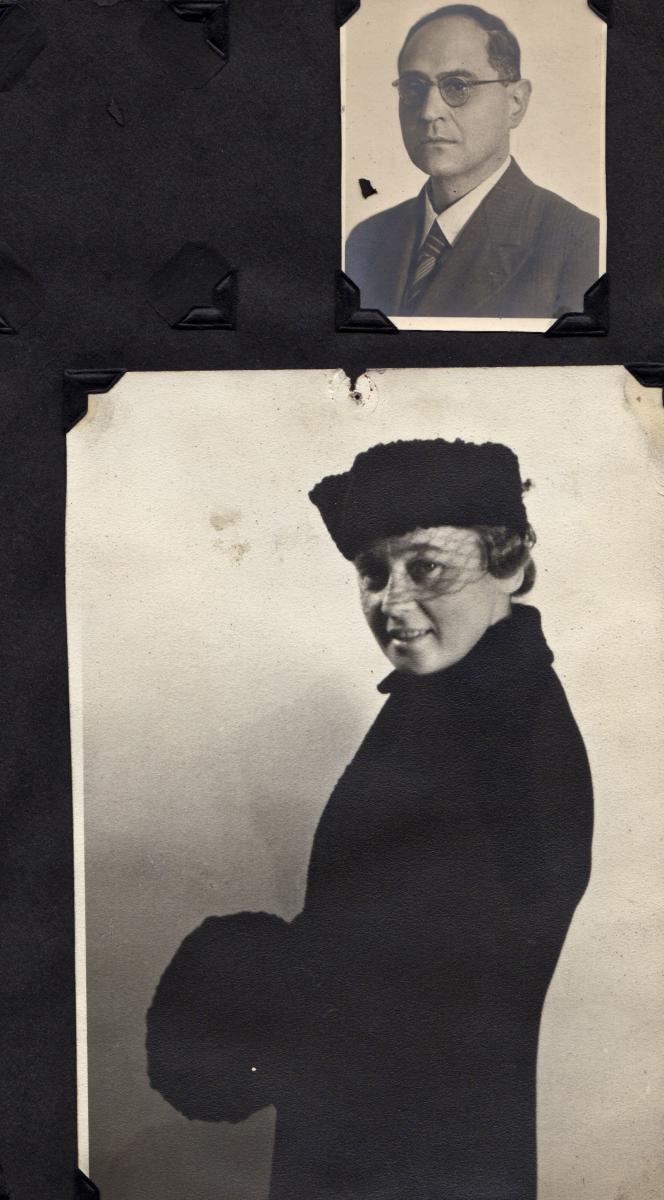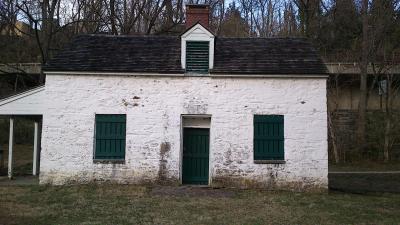North of the Bible Belt and east of the Borscht Belt lies the Boarding School Belt. Of the 300 or so boarding schools in the U.S., 120 are in the Northeast, what might be called the Eden of American education. You know, that magical place where Andover and Exeter lead inexorably to Yale and Harvard.
All posts tagged: Julia Lichtblau
Friday Reads: April 2015
Where Were You on 9/11? A Look at Richard Bausch’s “Before, During, After”
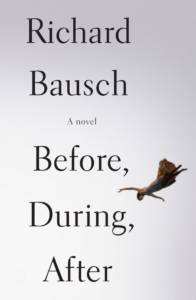
When the planes hit on September 11, 2001, I was in the F train. The conductor made a bland announcement regretting delays following “an incident.” “What incident?” I asked my neighbor. He shrugged. I arrived at my office at BusinessWeek, then at 6th Avenue and 48th Street, and watched the towers collapse on TV. My baby son was home with the sitter, my daughter at kindergarten. My husband was safe. No one I knew was hurt, miraculously. For months, I cried. I was terrified of a subway bombing. I tried to plan how we would evacuate in the event of a nuclear attack. On bicycles? With two small children? We don’t own a car. But a car would be useless. 13 years later, I can’t visit the World Trade Center site. My trauma was trivial compared those who were there or lost someone.
“The Ship Log”: Sea Stories by Young Writers From New York’s Harbor School
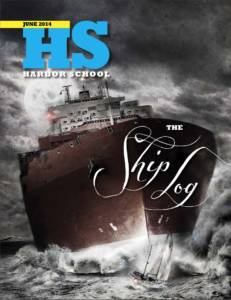
In February, 2014, eighteen seniors at Harbor School, a New York City public high school devoted to maritime careers on Governors Island, a historic military base turned national park, embarked on their first fiction writing efforts. For the next three months, their composition class, which Harbor School veteran teacher Anna Lurie and I taught was devoted to little else. On June 3, they read their work, first in the library, then after school in the Mess Hall to classmates, teachers, and family and distributed copies of The Ship Log, the magazine containing their stories. It was a big day for all of us.
Nostalgia, History, Memory: Patrick Leigh Fermor Reaches the End of His Road
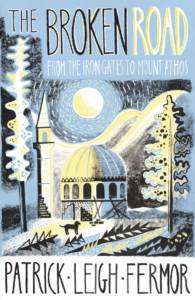
The beloved British travel writer Patrick Leigh Fermor’s long-awaited last book made it into print in March, three years after his death and seventy-nine after the adventure that inspired it. The Broken Road is the third and last volume of Leigh Fermor’s winsome, nostalgic, and poetic memoir of his two-year walk across Europe to Constantinople, as the philhellene Leigh Fermor called Istanbul to the end.The first volume, A Time of Gifts (1977), begins in 1933—he was eighteen—at the Hook of Holland and ends on a Danube bridge linking Hungary and Slovakia. Between the Woods and the River (1986), picks up there and ends at the narrow defile called The Iron Gates (since drowned by a man-made lake) where the Danube enters Bulgaria. This last volume meanders through Bulgaria and Romania, crosses the Bosphorus, and ends in January, 1935, with a contemplative sojourn in the monasteries of Mount Athos in Greece, the country Leigh Fermor ultimately called home.
Ancestor Worship: Help, I’m Becoming an Internet Genealogy Addict
Hello, everybody. My name is Julia, and I am becoming an Internet genealogy addict. I don’t believe in higher powers, except, like, the NSA and the IRS. So I must rely on my failing willpower. Unless you find a rich uncle, Internet genealogy is hard to justify as useful. Why should I care that four hundred years ago, some remote ancestor was a rabbi in Moravia? Geni.com, where I listed my family tree, says it has 74,346,170 people on its site. I’m already up to 1,820 blood relatives.
Whole Cloth: A Weaver’s Daughter Looks at the Met’s Interwoven Globe Exhibit
When I see handmade cloth, with its uneven selvedges and irregularities, I feel a kinship. My mother was a weaver. I would come home from school and find my mother weaving, warping, or winding yarn. She wove on traditional four- or eight-harness looms, wooden frames the size of a grand piano. I grew up with the household sounds (and vocabulary) of the 1700s—the whizz of a shuttle, the thump of the beater, the rattle of heddles, and the shunk of harnesses.
My mother made suitings, dress fabrics, coverlets, upholstery, shawls, tablecloths—hundreds of yards. Now eighty-nine, she wove into her late seventies when the physical labor became too strenuous. But her creations will last forever, as handwoven cloth does. The oldest known textile fibers, twisted flaxen cords from the Caucasus, are 34,000 years old. I am pretty sure that 34,000 years from now archaeologists will be baffled by evidence of a mid-twentieth century handweaving culture in the Washington, D.C. suburbs.
Who’s Writing Real Brooklyn Stories?
Writers are the latest Brooklyn demographic to become a national punch line. Like Jackie Gleason, only skinny. Last year, the festival claimed 40,000 visitors. —They haven’t released this year’s figures, but the joint was packed.
The list of presenters was a mix of Bold-Face Names (Colum McCann, Lois Lowry, Jules Feiffer) and serious up-and-comers. The panels covered a judicious mix of topics, weighted toward the international and multicultural.
Swimming, In Two Parts
Pools
1.
Washington, D.C., summers have been hot since forever, so a place to swim is a necessity, not a luxury. In the 1950s and 1960s, no one had air conditioning at home, and the Potomac River was so polluted that a tetanus shot was advised if you fell in. We lived in Southeast when I was little, and my parents would drive across town to Georgetown, the rich part of the city, to the public pool. My mother says I would throw myself in if she took her hand off me; she was constantly thanking people for rescuing the baby.
Homage to a Failed Venture: The Chesapeake and Ohio Canal
If Washingtonians have a patron saint, it’s the late Supreme Court Justice William O. Douglas. The longest-serving Supreme Court Justice, a famous defender of civil liberties, Douglas was a committed environmentalist, who wanted to be remembered for leaving the earth more beautiful.
In February, Texas A&M University’s Transportation Institute dubbed the Washington, D.C. Metropolitan area Number One in the U.S. for traffic. Local drivers fritter away on average sixty-seven hours and thirty-two gallons of gasoline a year in traffic.
I was born in Washington and spent a good part of my childhood in the area. Though I haven’t lived there in years, each time I go “home,” I feel grateful to Justice Douglas for preventing my favorite Washington place, the Chesapeake & Ohio Canal, from becoming just another congested highway.
